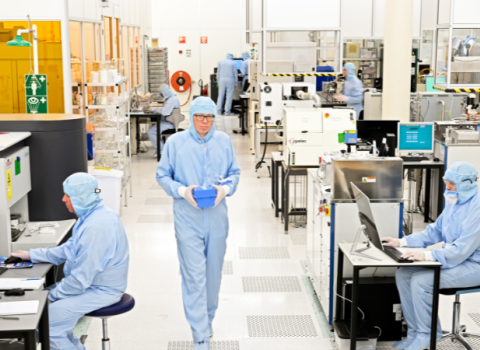The AquaBioTox project at the Fraunhofer Institute for Interdisciplinary Engineering and Biotechnology (IGB) in Stuttgart, has lead to the development of a system for real-time monitoring of drinking water.
At present, the tests required by the German Drinking Water Ordinance are limited to random samples that often only provide findings after several hours and are limited to checking for the presence of specific substances.
In contrast, the heart of the AquaBioTox system is a bio-sensor that reacts to a wide range of potentially hazardous substances after just a couple of minutes. Drinking water is diverted from mains through the sensor containing bacteria and mammalian cells, prompting a reaction if the water contains any toxic substances.
Iris Trick from IGB says, “We tested various classes of substances that might occur in water – even though they shouldn’t – and to date our sensor has reacted to each of these substances.” The micro-organisms in the sensor have been modified so that they produce a protein that has a red fluorescence. The fluorescence changes if it comes into contact with toxic substances.
A highly sensitive camera system developed at the Fraunhofer Institute of Optronics, System Technologies and Image Exploitation (IOSB) in Karlsruhe, has an analysis unit that registers even the most minute changes in fluorescence and analyses them automatically.





 A unique international forum for public research organisations and companies to connect their external engagement with strategic interests around their R&D system.
A unique international forum for public research organisations and companies to connect their external engagement with strategic interests around their R&D system.